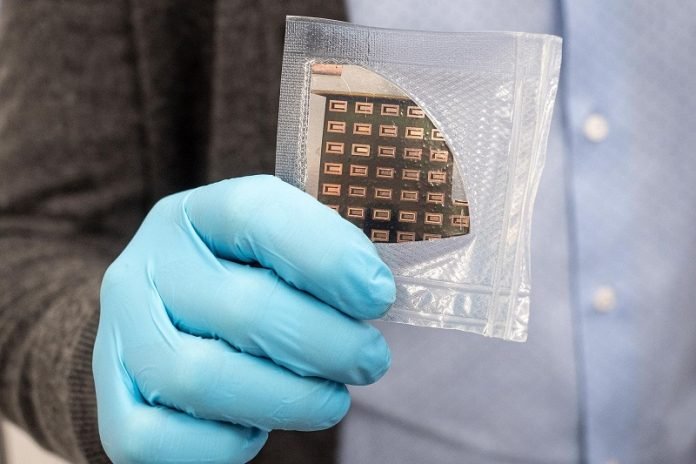
In today’s world, we’re always looking for better batteries for our devices. We want them to store more energy, charge faster, and be safe.
At Empa, a research institute, Yaroslav Romanyuk and his team might have found an answer.
They’ve created a new type of battery that promises to do all these things.
First, let’s understand the batteries we use now. The batteries in our phones and electric cars are called lithium-ion batteries. They can hold a lot of energy which is great! But there are two main problems.
First, they take a long time to charge and discharge (meaning, they can’t release their energy quickly). This makes them not so great for things like drones that need a lot of power quickly. Second, they use a liquid inside that can catch fire, which can be dangerous.
There’s another type of battery called solid-state batteries. These batteries are safer because they use a solid material inside that doesn’t burn.
The problem? The ones we have now don’t store a lot of energy. They’re good for small things like heart pacemakers or card readers but not for bigger devices or vehicles.
So, the scientists at Empa wanted to make a solid-state battery that had the best of both worlds – it could store a lot of energy, give out power quickly, and be safe.
How did they do this? They took some ideas from the world of solar panels. They used a special method called “physical vacuum deposition” to put very thin layers of battery material onto a base.
By doing this, they could get more energy storage in the battery. But there was still a challenge. To make the battery even better, they had to stack these thin layers on top of each other. Imagine stacking pancakes, but these are super-thin pancakes, thinner than a human hair!
The tricky part was connecting these layers. It’s like trying to stack and connect pancakes without them sliding off or breaking. But with the special method they used, they were able to connect them securely.
The results? Their new battery design could be charged super-fast, in just one minute! And it could potentially store as much energy as the best batteries we have today.
But here’s the exciting part. Even though their first version had only two layers, the scientists believe they can add more. Their tests suggest that about 10 layers would be best. After that, adding more might not help much.
Now, there’s a catch. These new batteries are quite expensive to make right now. So, they might first be used in places where cost isn’t a big worry but where having a great battery is super important, like in airplanes, drones, or satellites.
In summary, there’s some exciting stuff happening in the world of batteries. The work at Empa shows that we could soon have batteries that charge super quickly, hold a lot of energy, and are safe.
This could change the way we power many of our future gadgets and vehicles!
The study was published in the journal Communications Chemistry.
Follow us on Twitter for more articles about this topic.



